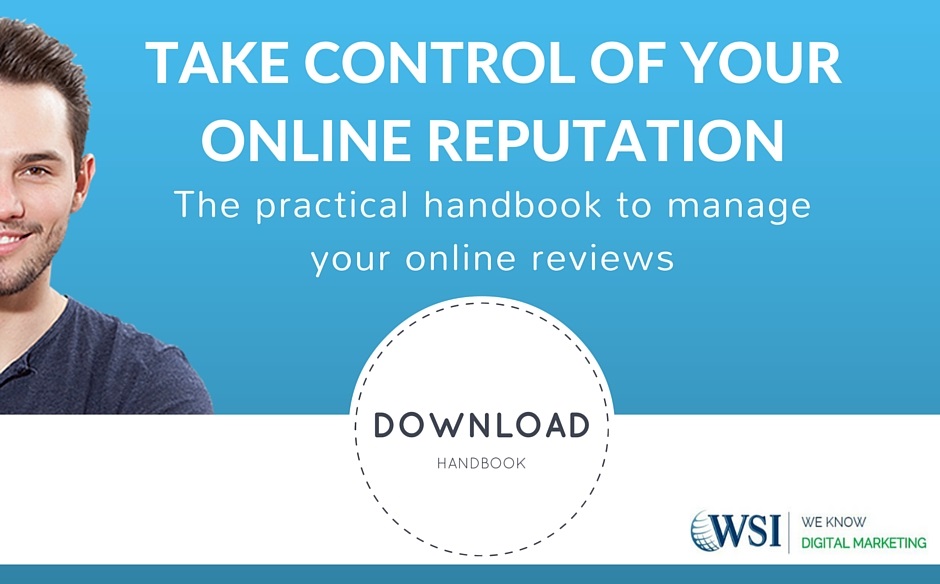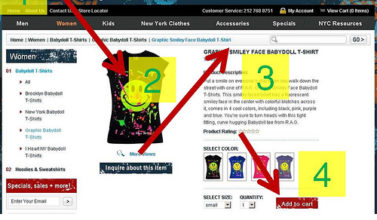
Almost 9 out of 10 consumers have read online reviews over the past twelve months and nearly half (47%) of all Britons have reviewed a product online. With 88% of consumers saying that they trust online reviews as much as personal recommendations, it’s clear that these reviews can significantly affect your company’s reputation and ultimately your bottom line.
Follow our top 10 tips to help you fully engage with your customers, encourage their honest feedback and increase valuable online reviews:
Tip 1: Create your profiles
You want your online reviews to be easy to find, no matter how consumers are searching for you; keeping your profiles up to date on as many review sites as possible helps with this. Be sure to upload photos, provide testimonials and include a biography. All that information helps people and search algorithms find your profile.
Tip 2: Expand your email database
Make sure you always ask for customer email addresses. If you have a retail outlet, ask them to join your mailing list or collect their email at the till. You could offer a small incentive, such as 10% off their next purchase when they join your mailing list.
Tip 3: Send customers to the sites with the most impact
As you know, not all review sites carry the same weight. At first, direct your customers to the top two or three sites that appear in your search results. Once those sites are populated with a significant volume of reviews, add a less popular site into the mix to further cement your online reputation.
Tip 4: Use reminders to encourage customers to post online reviews
You can use gentle reminders in your place of business to help reinforce your review requests. For example, try a sign that says “Please review us” near the exit or include review site logos on your business cards. You can also send them text messages to acknowledge their visit or purchase, and ask them to review your business. These steps shouldn’t replace actively requesting customer reviews, but you can use them to further encourage feedback and find out what your customers are saying about you.
Tip 5: Don’t ask your customers all at once
The power of reviews is cumulative. Both consumers and search engines want to see that you’ve got a track record of success. For that reason, send out review requests in a steady trickle on a weekly basis. Don’t ask all your customers on the same day. If you consistently get a few reviews per week, it looks much better than getting an avalanche of reviews just once.
Tip 6: Make online reviews part of the customer journey
Whether you deal with customers in person, over the phone or online, find a place in the customer journey to ask for a review. Usually, you’ll want to do this towards the end of the interaction so that you have a good idea of whether or not the customer is satisfied. Sending out a post-sale email is a great way to do it. If you suspect there are outstanding issues to resolve, skip the review request for now and solve the customer’s problem first.
Tip 7: Avoid trying to influence the reviewer
When you ask for reviews, tell the customer you’d like their honest feedback and that you value their input. Most customers will be flattered that you trust them, which makes them predisposed to say something complimentary. On the other hand, if they feel like you’re coercing them, they may not be so complimentary.
Tip 8: Incentivise, don’t bribe
While it’s OK to offer your customers an incentive to leave a review of your business, such as being entered into a prize draw for honest feedback, bribing customers to write a positive view is extremely bad practice. Many review sites are cracking down on fake reviews and some even publicly shame companies that produce them. Being associated with them could severely damage your online reputation and destroy customer trust in your business.
Tip 9: Make it easy
Display links to review sites prominently on your website, your e-mail signatures and on your social media pages. This increases cross traffic between the sites and boosts visibility for your reviews. It also reflects well on your business, because providing a highly visible link to third-party reviews tells potential customers that you’ve got nothing to hide.
Tip 10: Thank your reviewers
Surprising customers by sending them a ‘thank you’, after they have left you a review is a great way to show them that you care about their opinions and value their feedback. Customers will appreciate the gesture and will tell others about their positive experience.
For more insights on how to maximise the impact of positive reviews and how to handle and prevent negative ones, download our practical handbook and take control of your online reputation.
Related Post
Monitor, Influence and Lead...
Get Actively Involved in the Outcome of Search Results Don’t take negative publicity...
- April 28, 2011
- By Rob Thomas
- ORM
Free Online Reputation...
Listen to What’s Being Said About You Online (Free online reputation monitoring...
- May 5, 2011
- By Rob Thomas
- ORM
Top Tips for Product Page...
As the internet evolves and user expectation becomes increasingly sophisticated, creating...
- May 31, 2011
- By Rob Thomas
- e-Commerce
Online Reputation Management...
Creating a positive brand impression on the Internet You may have a fantastic product or...
- July 13, 2011
- By Rob Thomas
- ORM
Getting the Most from your...
LinkedIn is not only the most popular social network for professionals but with more than...
- November 22, 2012
- By Nadine Thomas
- Linked In
How One Business Saw Its...
Anyone who has ever been in business will know that things don’t always go according to...
- July 16, 2013
- By Rob Thomas
- Customer Reviews












[…] answer is that you didn’t do anything wrong. Even taking every action to make the process of leaving reviews as obvious and easy as possible doesn’t guarantee even […]
[…] where necessary and be honest. Remember to respond quickly and positively to poor reviews; how you deal with a negative comment could have a major impact. Quick and effective action can often enhance your reputation rather than damage it as people see […]